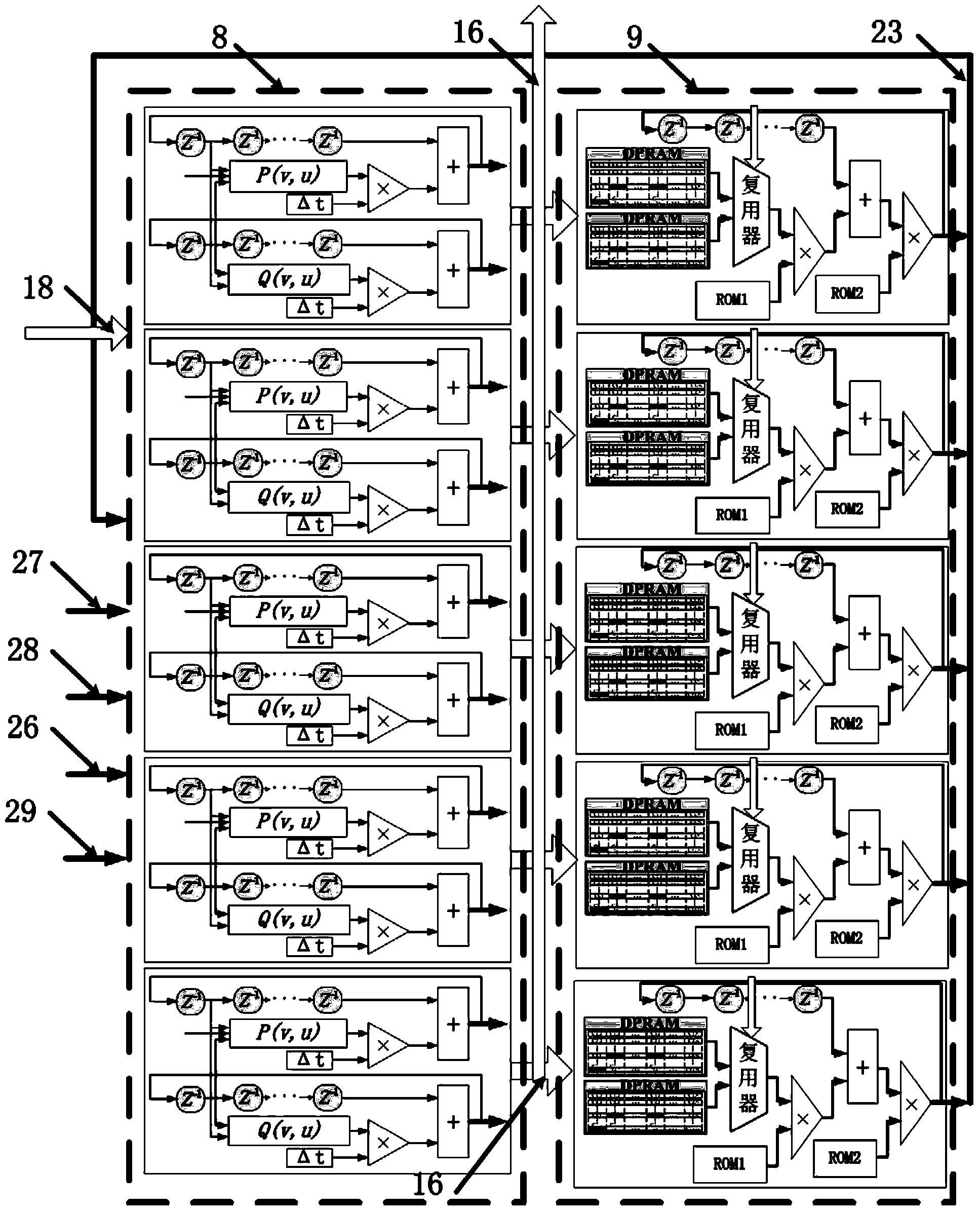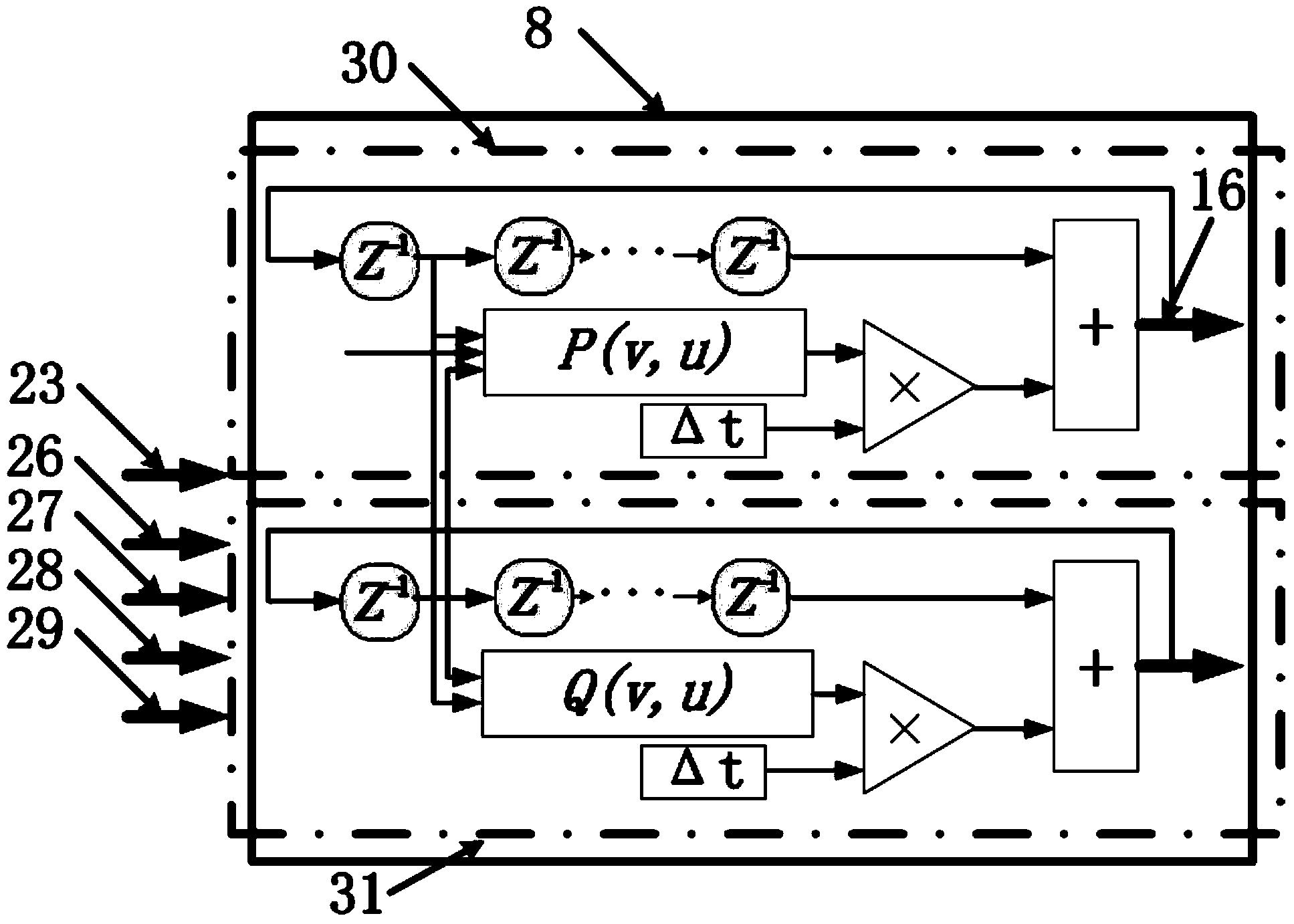FPGA simulation system for modulating hippocampus network rhythm through weak electromagnetic stimulation
A simulation system and hippocampus technology, applied in the field of FPGA simulation system, can solve problems such as low precision, difficulty in FPGA hardware neuron network operation analysis, imperfect human-machine interface, etc., to improve operability, portable hardware experiment platform, The effect of increasing flexibility
- Summary
- Abstract
- Description
- Claims
- Application Information
AI Technical Summary
Problems solved by technology
Method used
Image
Examples
Embodiment Construction
[0017] The structure of the FPGA simulation system for modulating hippocampal network rhythm by weak electromagnetic stimulation of the present invention will be described below with reference to the accompanying drawings.
[0018] The design idea of the FPGA simulation system for modulating the hippocampal network rhythm by weak electromagnetic stimulation of the present invention is to first establish two types of neuron models, excitatory and inhibitory, on the FPGA development board 1; and then design the synaptic current calculation on the FPGA development board 1. The module 9 receives the membrane potential signal 16 calculated by the meta-model 8 of the Shenhaipocampus network for operation, which generates a synaptic current signal 23 to couple and connect the hippocampal CA3 network model 15 to generate the dynamic characteristics and discharge rhythm of the hippocampal network; use an arbitrary waveform generator 7. Generate arbitrary signals such as square waves a...
PUM
 Login to View More
Login to View More Abstract
Description
Claims
Application Information
 Login to View More
Login to View More - R&D
- Intellectual Property
- Life Sciences
- Materials
- Tech Scout
- Unparalleled Data Quality
- Higher Quality Content
- 60% Fewer Hallucinations
Browse by: Latest US Patents, China's latest patents, Technical Efficacy Thesaurus, Application Domain, Technology Topic, Popular Technical Reports.
© 2025 PatSnap. All rights reserved.Legal|Privacy policy|Modern Slavery Act Transparency Statement|Sitemap|About US| Contact US: help@patsnap.com



